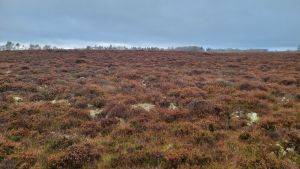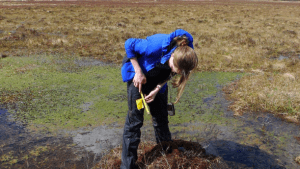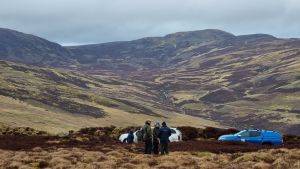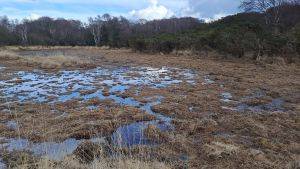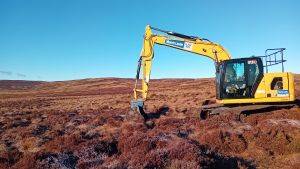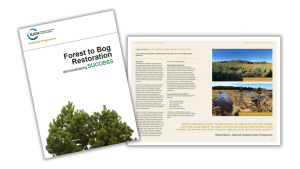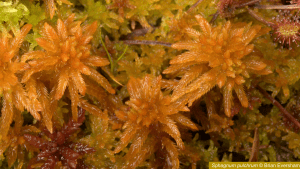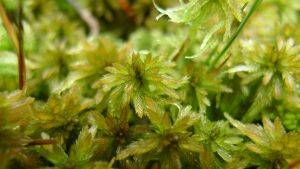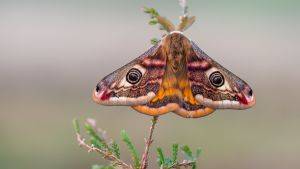What’s the best action you can take to restore or conserve a peatland? To help conservationists make the best-informed decisions, Conservation Evidence has launched the peatland synopsis; a free, online resource examining the impact of 125 conservation activities on the vegetation of fens, bogs and peat-swamp forests. This resource collects together and summarises the scientific literature, allowing practitioners to quickly get an overview of how well different interventions have worked without hours of searching. For example, the researchers found thirty-six studies testing rewetting, and, by and large, it seemed to work quite well. However, other interventions had mixed or underwhelming results. Spreading moss fragments worked well in some studies whilst others reported low survival or moss cover Adding root-associated fungi didn’t make much difference at all to the survival or growth of most of the tropical peat swamp tree species in which it was trialled. Knowing which strategies work reliably, and which don’t, can help conservationists to allocate their resources in the best possible way - and testing your own interventions as you do them means others can learn from the results, increasing the legacy of a project. So take a look and see what works in peatlands - you might be surprised!
 IUCN UK Peatland Programme
IUCN UK Peatland Programme
